Maximizing the experience,
reducing risks of cannabis use:
what are your strategies?
Do you use cannabis or have questions about this substance? This is a guide to help you make informed decisions regarding cannabis use. The Enlightened High project aims to provide young people in Montreal with the knowledge and tools to maximize their experiences while reducing the risks associated with cannabis.
The basics
The Law of Effect, what is it?
If you choose to use cannabis, be aware that your experience is the result of a combination of factors tied to the set (individual), the drug (substance) and the setting (context), such as:

To know more about the Law of Effect: https://thelawofeffect.info/en
Weed, what to expect?
Knowing the possible effects of cannabis will help you maximize pleasurable experiences while reducing risks. For example, by helping you recognize a bad trip.


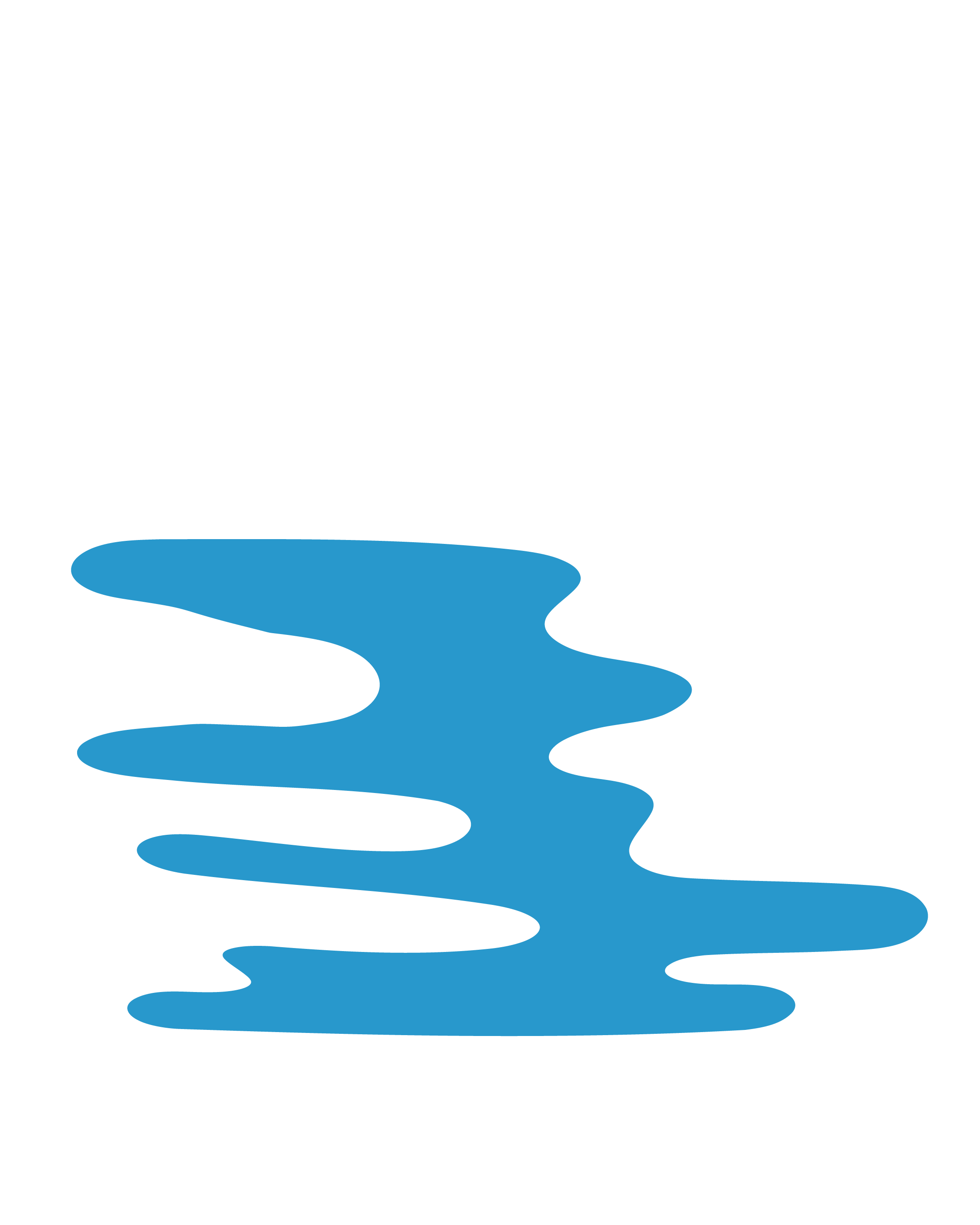
What are my limits?
THC is what gives you a high or “buzz”, in other words, the desired effects you’re looking for when taking cannabis. However, too much THC can cause panic, anxiety, or heart palpitations. To reduce these risks, choose products with lower THC levels. Through your experiences, you’ll learn to know your limits.

*The legal limit in Quebec is 30%
**Higher THC products are available in both regulated and unregulated markets elsewhere in Canada
What to watch out for?
It is well documented that the earlier on one starts using, the more frequently they do so, and with products high in THC content, the greater the risks to their long-term health and well-being.
We encourage you to use:
- The lowest possible amount to achieve the desired effects
- On an occasional basis (on weekends only, for example)
The strategies
What are the main ways to use cannabis?
All methods of use have benefits and risks. The chosen method impacts the onset, intensity, and duration of effects. Here are some examples of common methods, some may be more suited than others depending on the context:
- Inhaling:
- Smoking from a joint, a pipe or a bong
- Vaping, inhaling the aerosol produced by a liquid composed of THC/CBD and diluents, using a vape pen
- Vaporizing, inhaling dried cannabis or hash without burning it, using a vaporizer
- Ingesting, for example, drinks, oils, or food products containing THC.
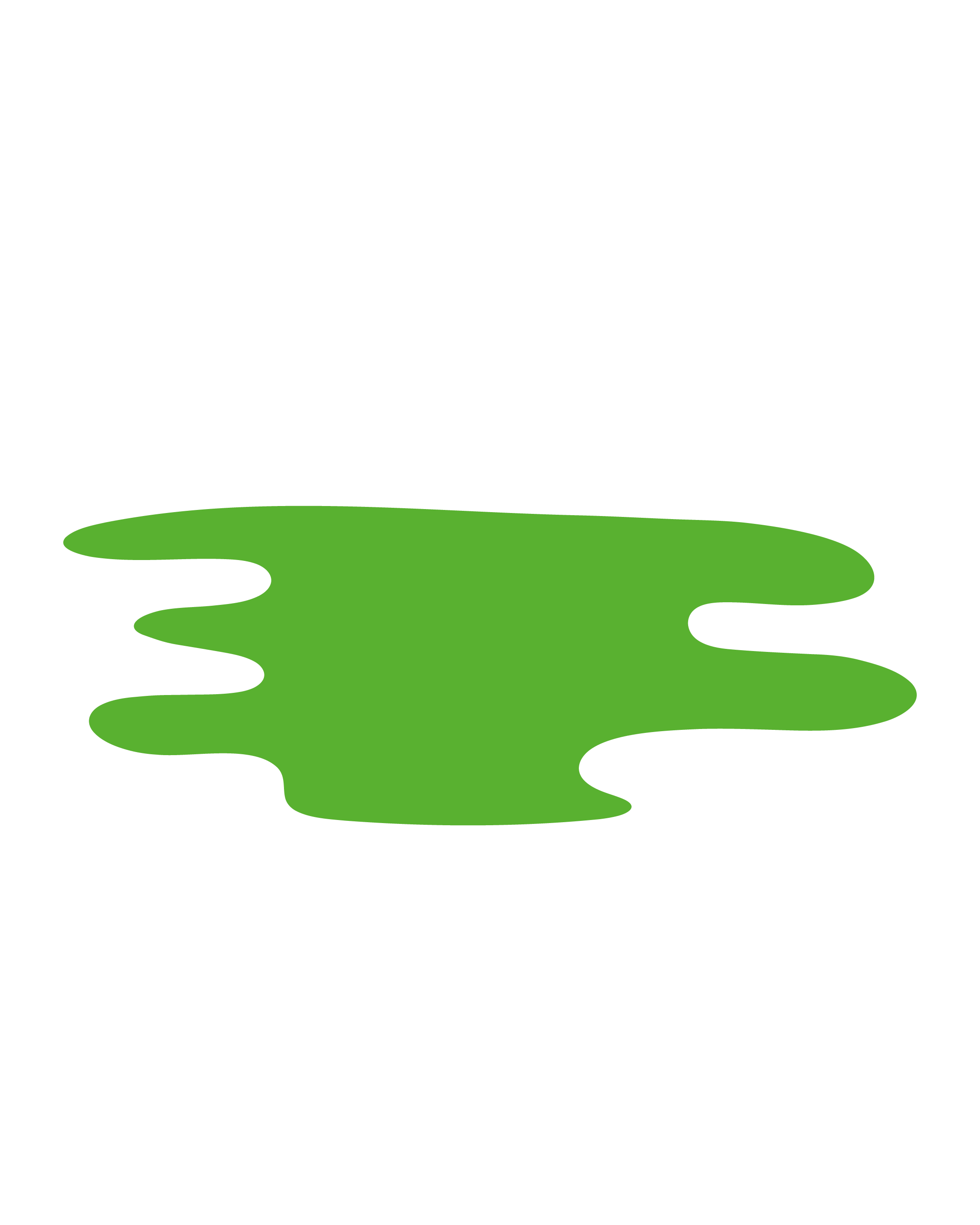

*Effects vary in duration and intensity depending on the person and the context.
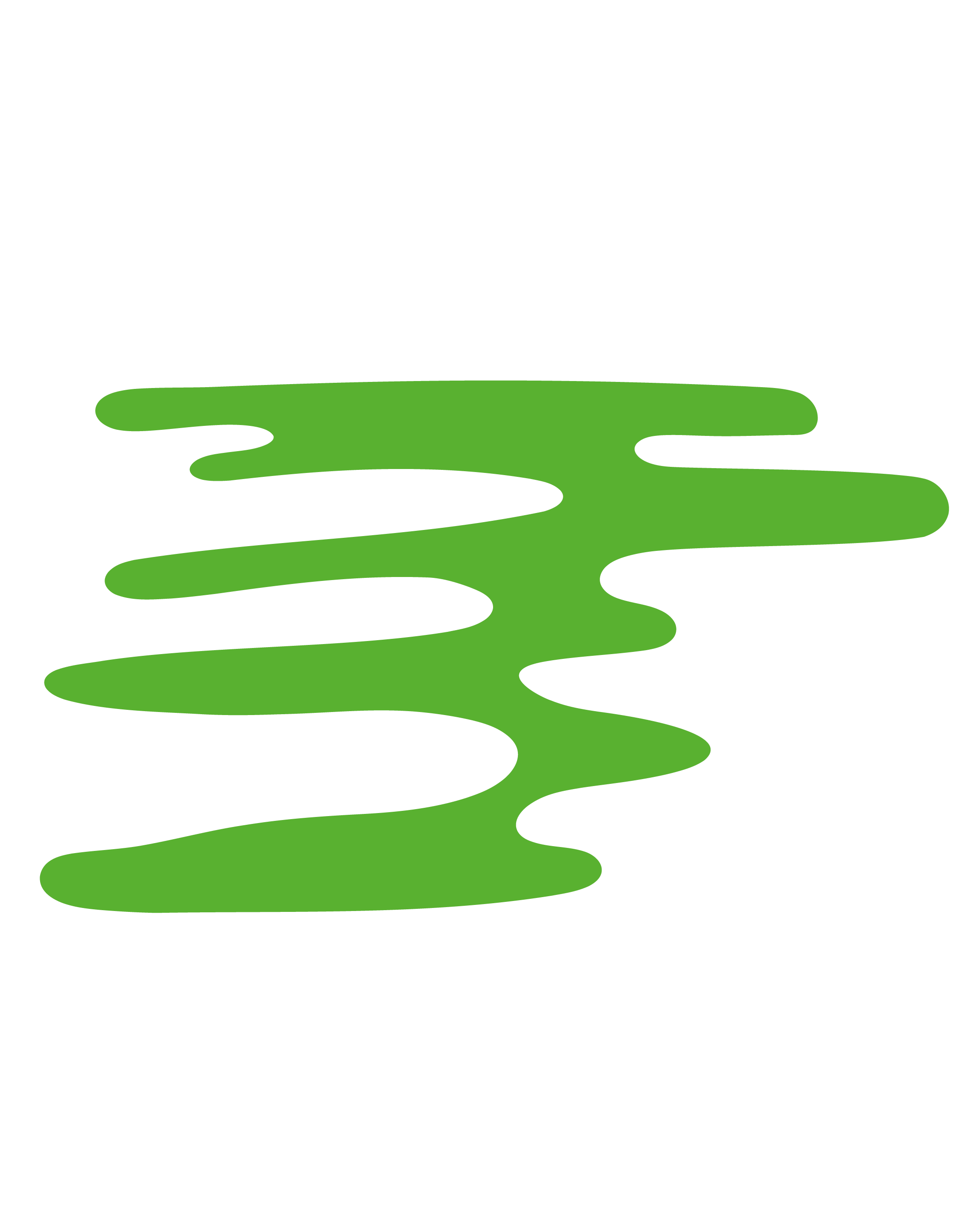
If you’re using edibles, start with a small amount (e.g., 2.5 mg of THC) and wait to feel the effects before having more. Edibles take longer to kick in!
How to choose where to buy my weed?
Using legal cannabis allows you to:
- Choose a product that suits you best
- Know THC and CBD levels
- Avoid contaminants (banned pesticides, heavy metals, mold)
If you buy your stash from someone you know or online, start with a low dose each time and wait to feel its effects before taking more.
What can I do if I try something new for the first time?
Start with a lower dose and wait until you feel the effects before using more. You’ll learn to know your limits.
→Low dose = a puff, a bite, a drop, a legal edible of 2.5 mg of THC or less, etc.
What are the best moments to use cannabis?
Weed alters your senses, memory, and attention. Choose moments and settings in which you feel comfortable and don’t have responsibilities. For example, in a safe space with people you trust.
If I decide to smoke, what’s the safest way to do it?
For lung health, the safest way to use cannabis is through vaporizing. It reduces exposure to harmful substances produced by combustion while still giving you the buzz you’re looking for.
Is ‘’holding in a hit’’ really worth it?
When you smoke cannabis, THC is absorbed in just a few seconds. Holding in smoke or vapors in your lungs can increase the high, but it also increases lung exposure to harmful chemical byproducts.
Mixing, what about it?
When combined, alcohol and cannabis may increase each others’ effects. You could experience stronger effects than expected, such as dizziness, nausea, or even have a bad trip. If you choose to mix, start with cannabis. Be advised that using alcohol first increases THC absorption in the blood and can lead to undesired effects.
If you use other drugs or medications, seek advice from a health (e.g., pharmacy) or harm reduction resource.
- TripSit: combo.tripsit.me
- GRIP: grip-prevention.ca/en/
What can I do if I experience a bad trip?
A bad trip is a disturbing and unpleasant experience caused by the effects of one or more psychoactive substances. Here are some tips if you or a friend experience a bad trip:
- Don’t stay alone, ask someone you trust to support you
- Find a calming place and activity to reduce overstimulation
- Breathe out as slow as you can to reduce anxiety
- Drink water
- Avoid getting up too fast, it could trigger a drop in blood pressure
- Keep in mind that a bad trip is generally temporary. You’ll feel better as the effects wear off
*If the situation is not improving or you’re worried about other symptoms, don’t hesitate to call 911.
And what about...
What’s the plan for getting home?
Cannabis affects reaction time, attention, and coordination. These functions are necessary for safe transportation, whether driving, biking, or skateboarding.
Even if you no longer feel high, it takes a certain time before getting your full functions back. Wait time varies depending on the method of use, for example:
- If you smoke or vaporize, wait 6 to 8 hours.
- If you ingest cannabis, wait 8 to 12 hours.
Other transportation alternatives can be considered, for example:
- Public transportation
- Taxi or other ride services
- Safe ride services or a designated driver
- Walking
What if I have a history of personal or family health problems?
Cannabis use, and THC in particular, can increase the risks of developing or worsening several conditions, such as:
- Cardiovascular issues, like stroke
- Mental health issues, like anxiety, depression or psychosis
- Substance use disorder
These risks are greater if you or your family have these conditions. Although cannabis is not the only contributing factor, reducing your THC intake can help take care of yourself and reduce these risks.
How to tell when things are getting out of hand?
Cannabis use can lead to addiction. Signs of addiction can look like:
- Cannabis use becoming a solution to everything and taking over other areas of your life
- Repeated unsuccessful attempts to reduce or stop use
- An overwhelming craving to use
- Withdrawal symptoms when you stop or reduce cannabis use (e.g.; insomnia, vivid dreams, anxiety, irritability, general discomfort, etc.).
Seek help from organizations like Drugs, Help and Referral (24/7 confidential services):
- Chat: https://www.aidedrogue.ca/en/about/contact-us/act us – Drugs: Help and referral
- Phone: 514-527-2626
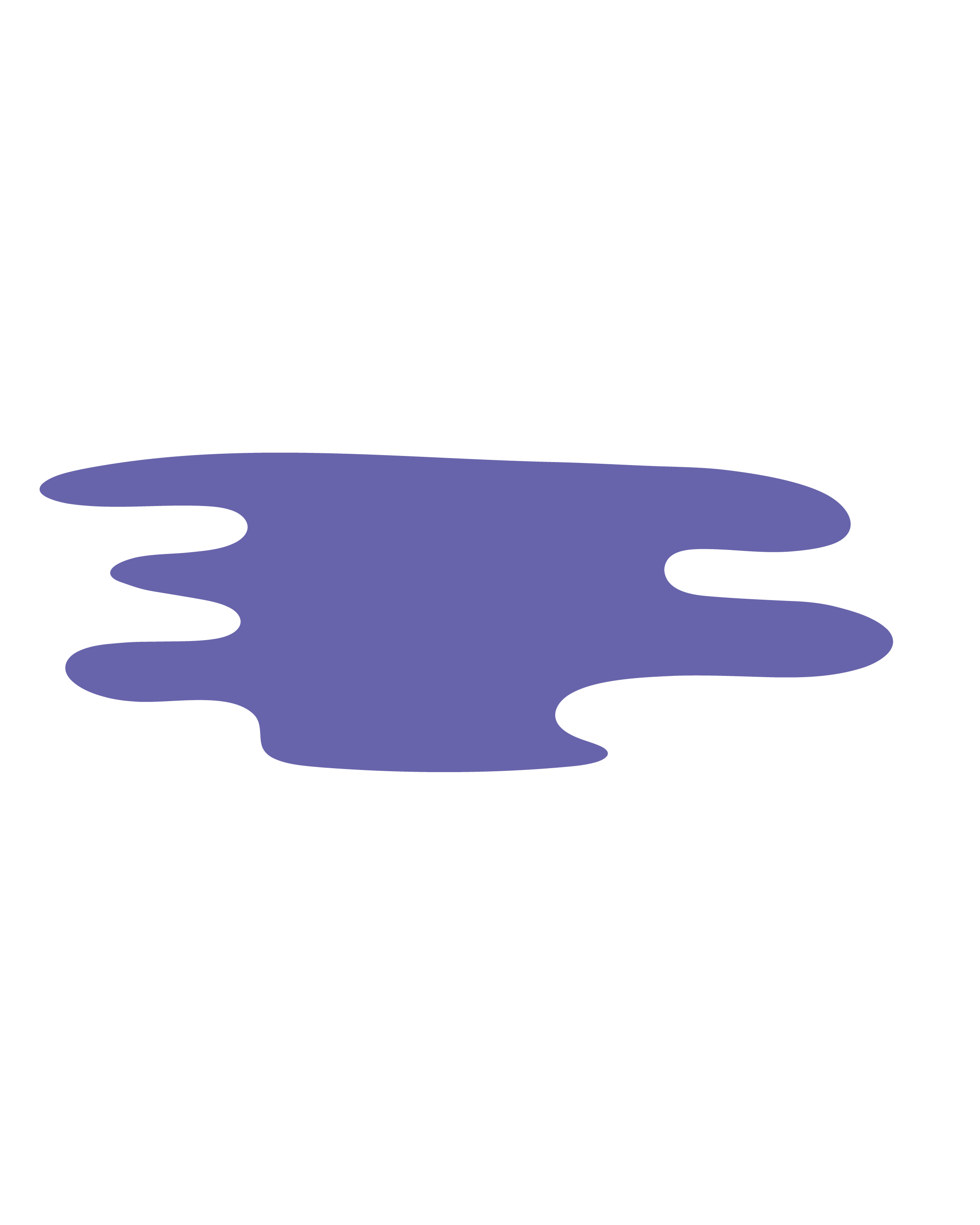
To download the Enlightened High toolbox: Coming soon!
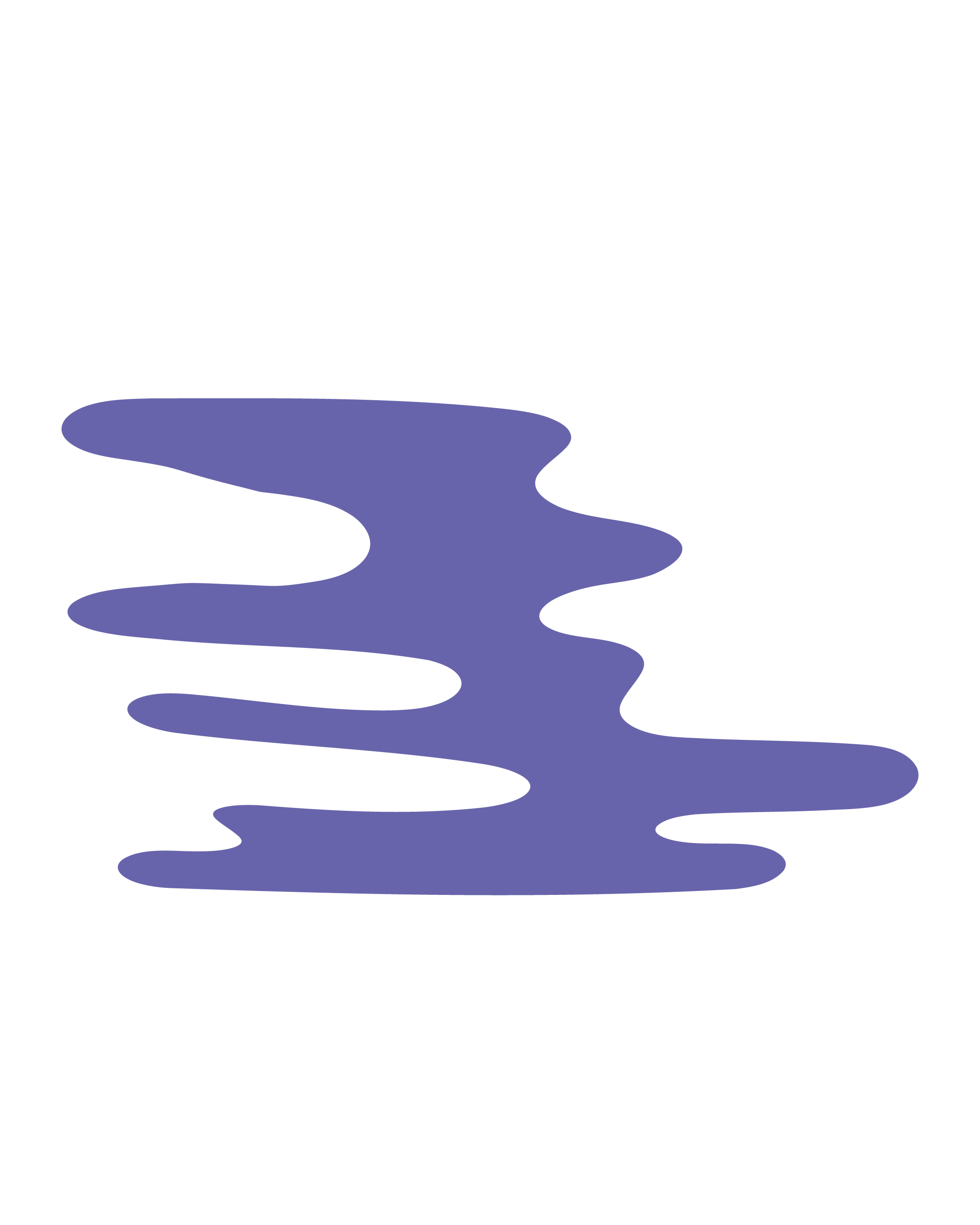
This project was made possible thanks to our partners and the young people who contributed their voices



This project was funded by the Direction régionale de Santé publique de Montréal


